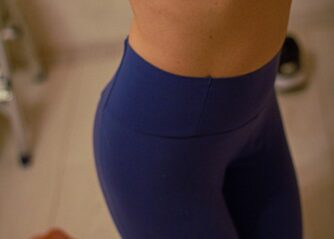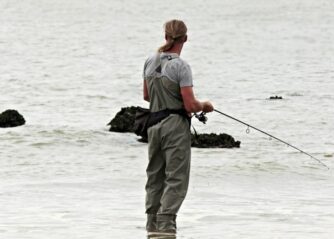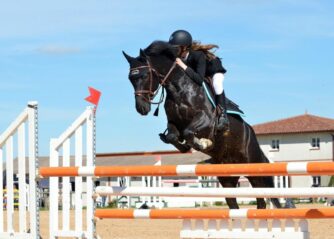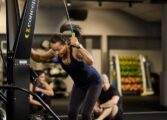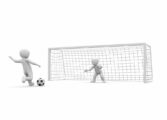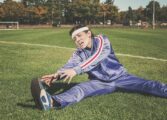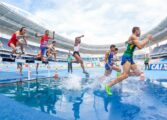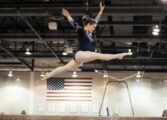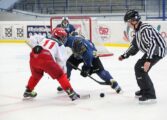Paralympics Curling An In-Depth Look at the Sport
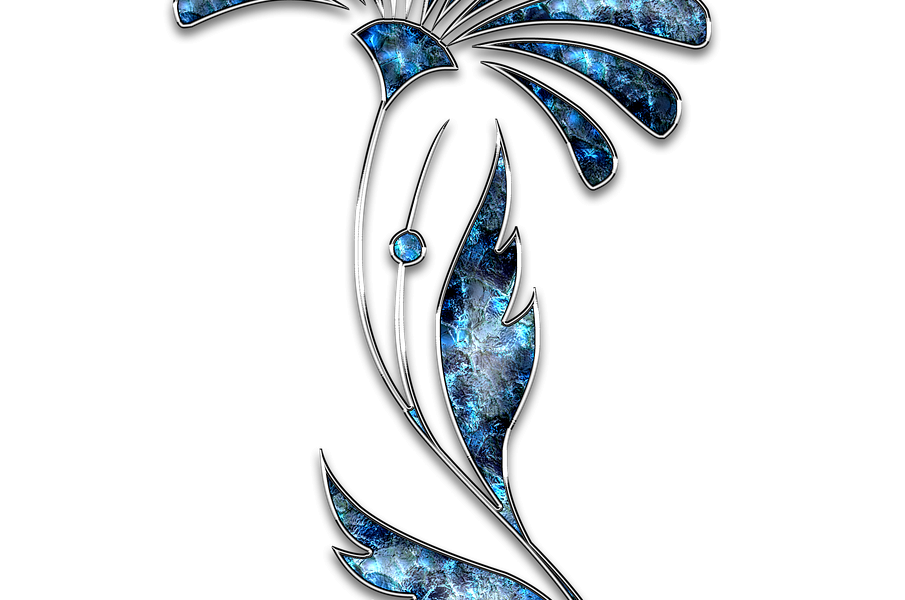
Paralympics Curling: An In-Depth Exploration of the Sport
Introduction:
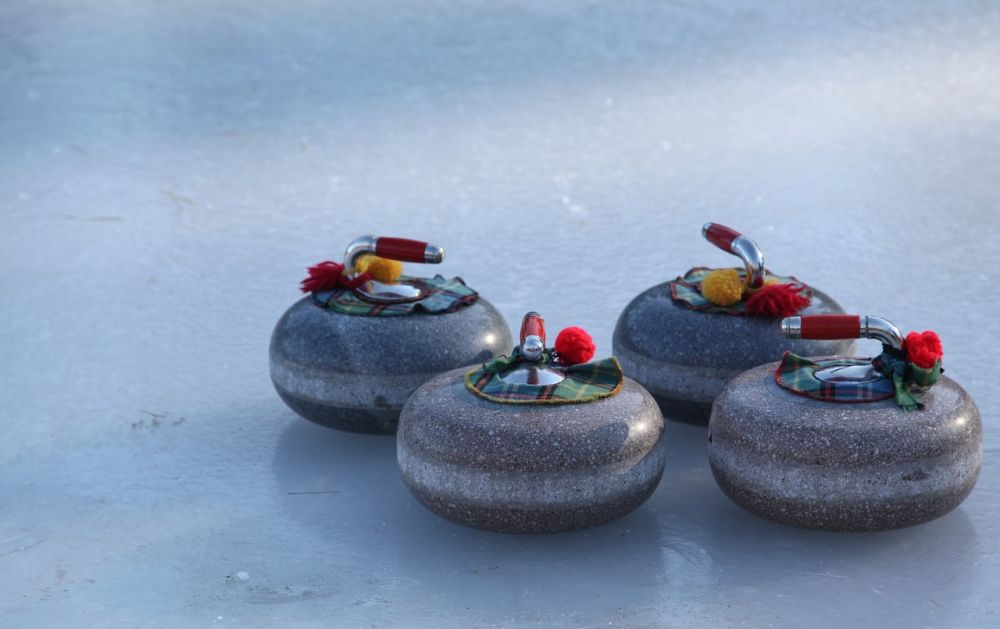
Curling has long been a popular sport in winter Olympics, but its adaptive counterpart, Paralympics curling, deserves equal recognition. In this article, we will provide a comprehensive overview of Paralympics curling, exploring its various types, popular teams, and discussing its unique attributes and historical significance. Join us as we delve into the fascinating world of Paralympics curling.
Understanding Paralympics Curling: An Overview
At its core, Paralympics curling is a variation of curling designed for athletes with physical disabilities. Just like in traditional curling, players aim to slide stones across the ice, landing them as close to the target as possible. However, Paralympics curling introduces modifications to accommodate players with different abilities, enhancing the inclusivity of the sport.
Different Types of Paralympics Curling
There are primarily two types of Paralympics curling: wheelchair curling and standing/amputee curling. In wheelchair curling, athletes compete while seated, using specialized curling wheelchairs. Standing/amputee curling, on the other hand, is played by athletes who can stand or have partial limb impairments, allowing for a modified delivery technique.
Popular Teams and Players
Paralympics curling boasts several highly accomplished teams and players. One prominent example is Team Canada, which has consistently demonstrated dominance in the sport. Their strategic approach, precise deliveries, and exceptional teamwork have earned them numerous medals. Similarly, Team Great Britain, Team USA, and Team China have showcased remarkable skill, showcasing the global talent within the sport.
Quantitative Measurements in Paralympics Curling
To evaluate the performance in Paralympics curling, various quantitative measurements are employed. These include calculating stone distance from the house, determining shot accuracy percentages, analyzing sweep efficiency, and tracking overall team point scores. These measurements are essential in assessing player proficiency and team strategy.
The Distinctions Between Different Paralympics Curling Styles
While all Paralympics curling athletes share a common passion for the sport, the various styles exhibit distinct characteristics. Wheelchair curling requires exceptional balance, strength, and precise wheelchair maneuvering skills, whereas standing/amputee curling relies more on upper body strength and enhanced sweeping techniques. Understanding these differences helps appreciate the unique challenges each style presents.
A Historical Perspective on the Benefits and Drawbacks
Throughout history, Paralympics curling has encountered both advantages and disadvantages. On one hand, it has shattered barriers, promoting inclusivity and providing an opportunity for athletes with disabilities to showcase their talents. Additionally, it has inspired others to pursue the sport and highlighted the importance of adaptive athletics. On the other hand, challenges such as limited accessibility to specialized equipment and funding disparities have hindered the growth of Paralympics curling.
To further understand the dynamic nature of Paralympics curling, watch this short video showcasing the dedication and skills of wheelchair curlers as they compete at the highest level.
Conclusion:
Paralympics curling exemplifies the power of adaptability and determination in the face of physical challenges. With its distinct forms, talented teams, and unique measurements, it continues to captivate audiences worldwide. As we celebrate the achievements and progress of Paralympics curling, let us acknowledge the strides made in breaking down barriers and fostering an inclusive environment for all athletes.
